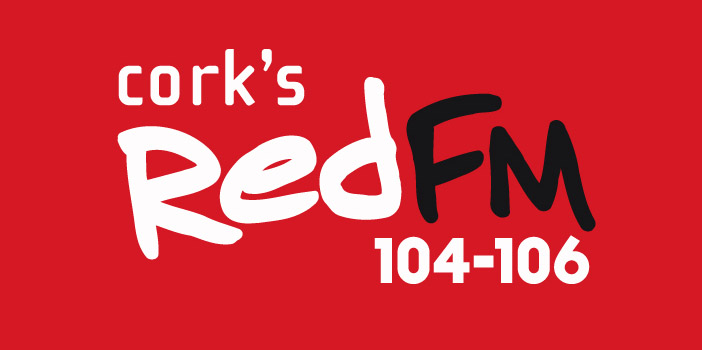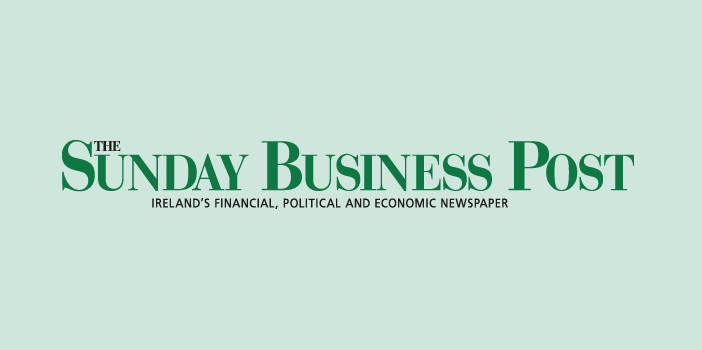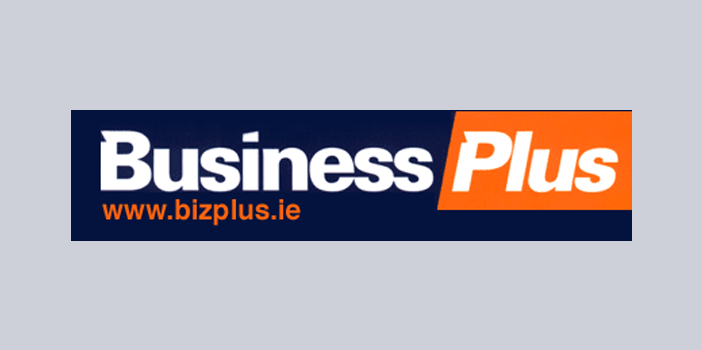Farmers should be mindful that Capital Acquisitions Tax (CAT) thresholds have been reduced significantly over recent years and that the tax rates have been increased. A growing number of people are going to find themselves liable to tax charged on gifts and inheritances. Over the last three years, tax free thresholds for gifts and inheritances have been cut by 40% while the tax rate has been increased from 20% (which applied from 1999 to 2008) to 30% (which has applied since December 6th 2011). Since December 6th 2011, a tax free threshold of €250,000 (reduced from €332,084 in December 2010) applies to gifts and inheritances received by children. For brothers, sisters, nieces, nephews and children of deceased children, the new threshold is €33,500 while for all other beneficiaries it is €16,750. Spouses are entitled to benefits free of tax.
There have been recommendations made by the Commission on Taxation to the Government to introduce further cutbacks in relation to the considerable relief allowed on the assurance of farm and other business assets either by gift or inheritance. (Changes have already been announced in the Capital Gains Tax (CGT) retirement reliefs). These assets are, for tax purposes, valued at a fraction of their current market value. The reduction in asset value has lessened the impact of the increase in CAT to an extent. Furthermore, farm and business assets are valued for tax purposes at only 10% of their true value. In relation to business assets, in order to qualify for business relief, they must be held by the recipient for at least 10 years after the assurance or transfer. If this condition is breached within 6 years all of the tax relief is clawed back. A partial claw back applies where the assets are not retained for the subsequent 4 of the 10 years after the gift or inheritance. In order to qualify as a ‘farmer’, the sole requirement to be met is that at least 80% of a person’s assets must be farm assets. Farm assets are widely defined and include farm land, buildings, woodland, machinery, livestock and money where it is being invested into qualifying agricultural property within a two year period.
The liability to pay the CAT lies with the beneficiary so the wider the gift or inheritance is spread, the lower the overall tax will be. This is certainly an area where advance planning can reduce the tax payable, much of which planning involves the assurance of property during a person’s lifetime.
Probate, Administration of Estates and Wealth Management Department,
Healy O’ Connor, Solicitors



